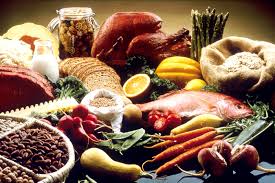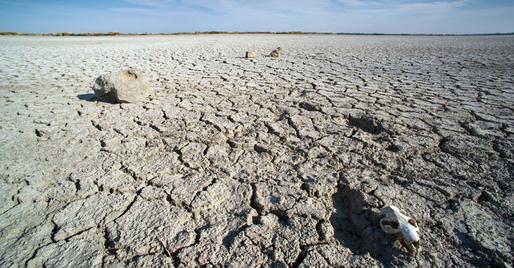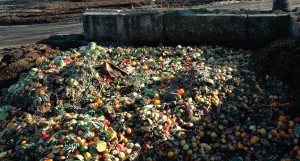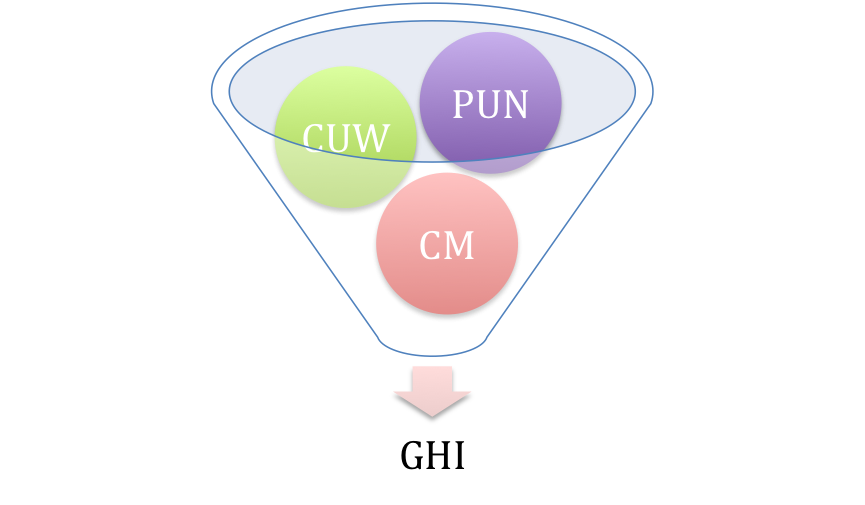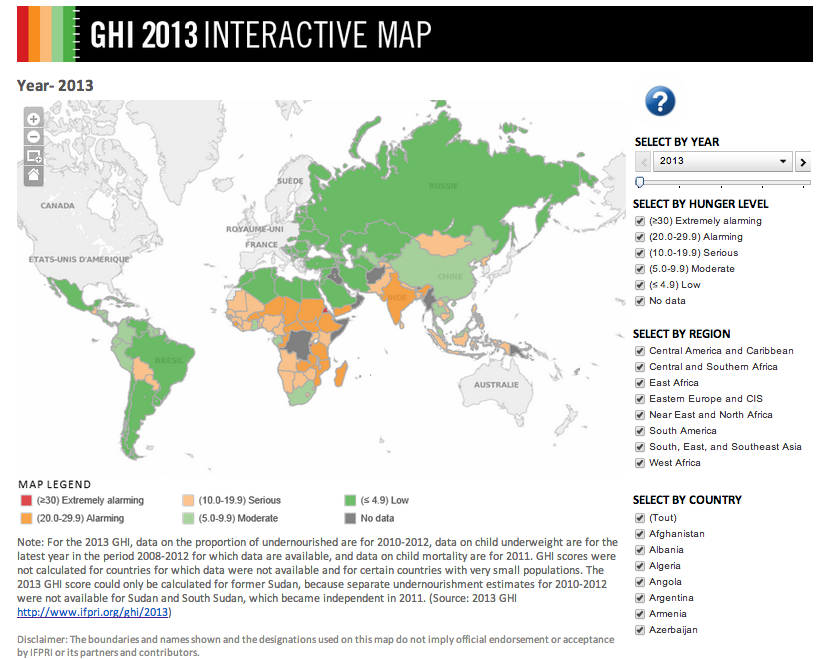Introduction
Are you hungry?
How many times did you eat last week?
The point is that however this is a universal need, there is no universal and even access to its fulfillment. And despite our level of development, 842 million of people on this planet still suffer from chronic hunger. Meanwhile, in 2008, around 800 million people were suffering from obesity. More than a problem of quantity production, hunger is a matter of food repartition.
What is Hunger ?
Let’s try to agree on a definition. It is not because you skipped one, two or three meals in a row that you are experiencing hunger. If you were not able to meet your nutritional needs everyday, lacked the minimum average necessary 1800 to 2100 kcal daily (depending on the country), and constantly lived with a sensation that you don’t have enough food to eat or that something is missing in your diet, this would come closer to it. “Hunger makes you weak, tired and unable to concentrate. Work or study of any kind is exhausting. All you can think about is when you are going to eat.” (United Nations) Closely related to malnutrition and food insecurity, hunger (or “undernourishment”), undernutrition and starvation cause severe contractions of the stomach muscles called hunger pangs, which can be extremely painful, for children and young adults especially. Hunger also weakens the immune system and the ability for the body to self heal.
If you did this one day, probably. But if you eat that everyday, you will start suffering from malnutrition or hidden hunger, lacking some basic nutrients that you can only find in a diverse diet.
They don’t eat because they don’t have access to food. They know how delicious it tastes. This difficulty to access ongoing food in quantity and quality is called food insecurity. And part of the reasons they don’t have access to food is to make sure that people like you and me can eat as much as we want, whatever, whenever and wherever we want. Look:
– Climate
Destroying plantations or diseases killing the cattle, natural disasters are causes of this insecurity. And climate change is increasing the catastrophes and the unpredictability of the seasonal variations ruling crops cycles.
– Food wastage and agricultural infrastructures
About a third of the food produced is never being consumed. A THIRD. This waste is due to conservation issues, transportation, overproduction and legal requirements.
Beyond the food itself, it is all the energy used for its production which is wasted, producing greenhouse gases.
– War and conflicts.
During conflicts, population are sometimes forced to live their home and are left without means to feed themselves.
Water gets contaminated and unproper for agriculture or consumption. Food is used as a weapon to starve populations and reduce resistance.
– Price volatility.
The prices variations for water, energy and raw materials create unstable market environments for the populations at risk. Price peaks in particular make some necessary products out of reach and encourage populations to shift to other form of foods, often less nutritious.
– Poverty trap.
You would like to make it. Really. But you can’t. You didn’t get enough food, so you were too tired to work. Or you lacked concentration so you got fired. Then, you don’t get enough money to buy food. And the vicious circle keeps you in a poverty trap that it is very difficult to get out from.
You can say so.
What is the Global Hunger Index ?
The Global Hunger Index (GHI) is a tool designed to measure and track hunger globally and by region and country.
Well, even if technological tools are more and more spread and reliable, there is no tracking device. But the objective is to count these people, yes, to adjust policy and rules to the specific needs of people in the different world area. The index is calculated each year by IFPRI (International Food Policy Research Institute) and provides different explanations to the drivers of food insecurity and hunger. IFPRI defines hunger on the basis of three equally weighted indicators: undernourishment, child underweight and child mortality.
Each of these indicators is computed as follow:
– undernourishment: percentage of a population with insufficient calorie intake (=PUN: percentage UnderNourishment)
– child underweight: percentage of children under 5 who have a low weight for their age, reflecting stunted growth (=CUW:Children Under Weight)
– child mortality: mortality of children under 5 (=CM: Child Mortality)
The index emphasizes the children situation, a group particularly vulnerable to lack of food which provokes long term damages. The GHI is the average of these three indicators and results in a 100 points scale on which 0 is the best score (no hunger). (To see another example of Index computation, read my `“article on the Human Development Index HDI: a measure of human capabilities).
(source: IFPRI – 2013 Global Hunger index)
No, it is not. It has been calculated for 120 countries in 2013, excluding some higher income country in which the prevalence of hunger was found to be unlikely. Moreover, the GHI score by country is subject to data availability, which can vary depending on the political situation of the country.
Here are the sources for the data:
To understand better the geographical environment, you can play with the interactive map here (embedded link):
Building resilience in fighting hunger
Concern worldwide and Welthungerhilfe are NGOs collaborating in the fight against hunger and boosting resilience of communities.
Resilience designates the ability of a system to cope with change, and to respond to risks. In the case of hunger and of the 2013 GHI report, resilience is “the ability to anticipate, respond to, cope with and recover from the shocks and stresses that drive or exacerbate undernutrition, in a timely and effective manner without compromising the poor’s well-being or their long-term prospects of moving out of poverty and hunger.”
To the International Development, Humanitarian and Donors community:
1- Join more the efforts between development and humanitarian assistance
2- Design broader policies with the goal of improving nutrition
3- Facilitating a multi-sectorial approach addressing the structural causes of hunger at the regional and country level
4- Communicating the cost-effectiveness of building resilience
5- Support a coordinated approach to monitor resilience: invest in real time data collection and establish sentinels in the areas most vulnerable to shocks
6- Identify the key institutional and political obstacles to early action
7- Donate more fundings to disaster risk reduction and resilience building intervention
To country-level policy makers in Food-Insecure countries:
8 – Develop national approach to food and nutrition security
9 – Coordinate plans and action programs across ministries
10 – Implement policies that strengthen resilience such as tenure security for small farmers
11 – Build policies on a wide range of expertise, in particular the populations directly suffering from food insecurity, empowering them
To Development and Humanitarian practitioners:
12 – Join relief interventions and more structural interventions in the same programs
13 – Build local capacities and strengthen local structures. Emergency programs should not work separately from them.
14 – Support mechanisms that people already use like community level saving networks or banks
15 – NGOs and their national partners should lobby for resilience-enhancing policy change
16 – Focus more on children nutrition
Well, these are summarized from the 2013 GHI report. They are addressed to different types of professionals working on the issues related to food insecurity, and insist on similar aspects:
– more coordination between sectors, experts, policy makers
– more empowerment of local communities,
– develop a broader view of the hunger issue.
Also, thinking about our lifestyles and how they can encourage natural and manmade disasters is necessary. We can all play a small role in the change by being more aware of the limits of our consumption patterns. Consciously skipping a meal can also help to develop empathy towards those who don’t eat as much as they need, and encourage a more responsible consumption. When craving here leads to hunger there, it is time to understand how less can actually be much much more.
Conclusion
To conclude this article, I strongly encourage you to read the 2013 GHI report, which provides more detailed informations about the differences between countries and their specific needs. You can also watch this video:
To go further, you might wanna look this documentary on starvation and overabundance.
Public awareness of the hunger problem is necessary for policy makers to design more sustainable regulations. Building community resilience to hunger is possible. By being conscious and understanding of the connexions between social, economical, technological, environmental, political and psychological mechanisms, we can together develop global solutions.





